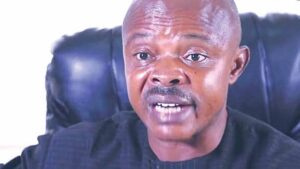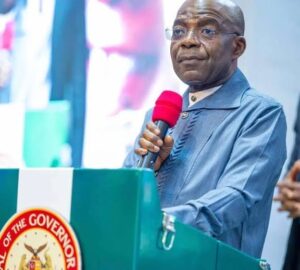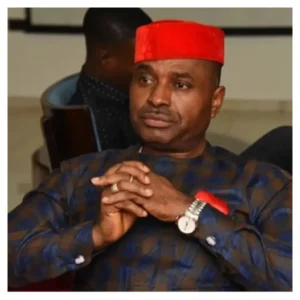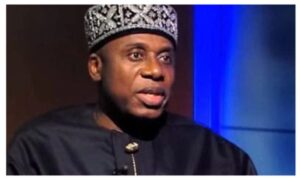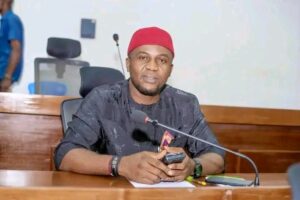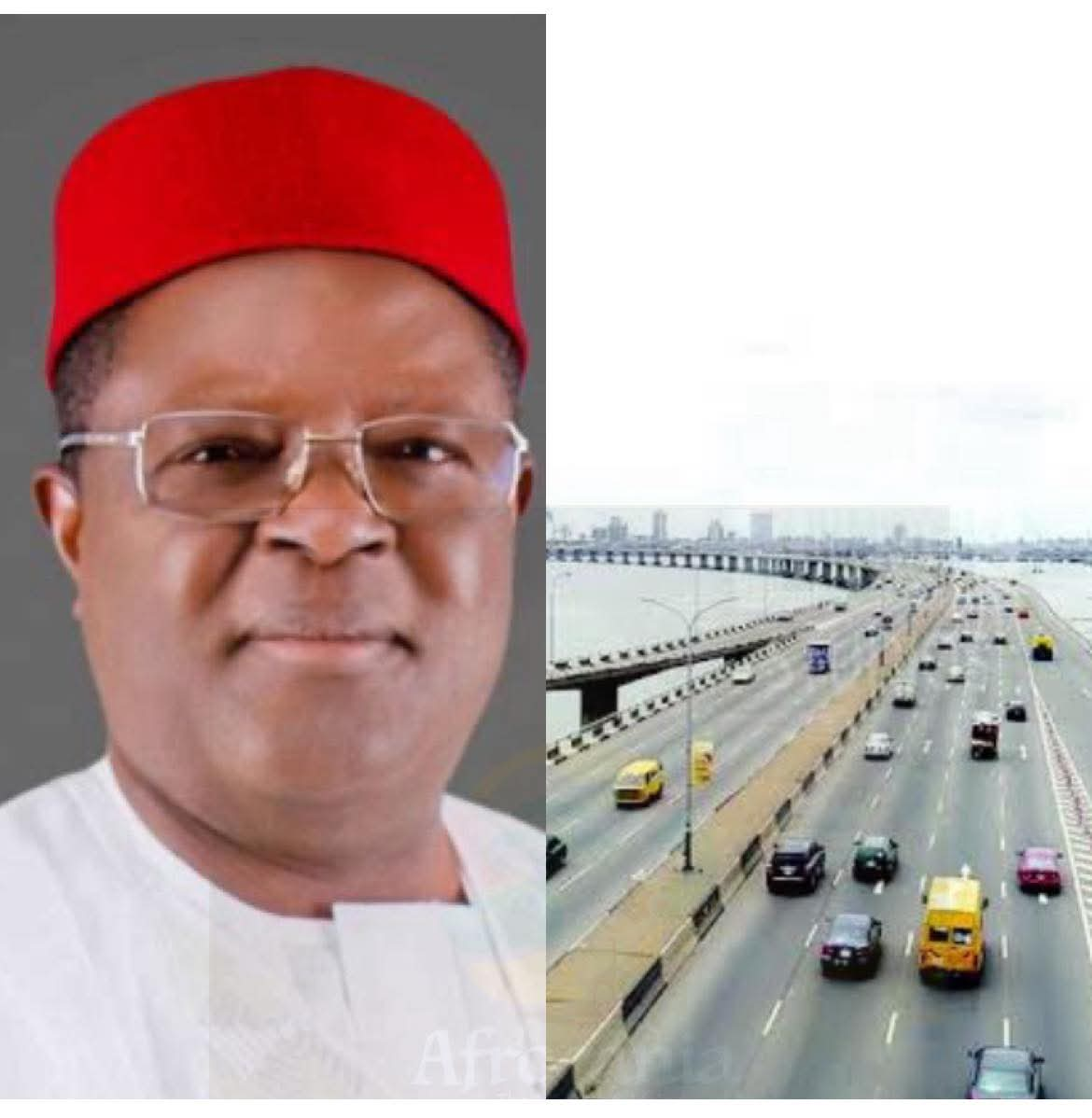
The Federal Government says it will spend more than ₦3 trillion to fix the Third Mainland Bridge in Lagos, following reports of extensive structural damage.
Minister of Works David Umahi revealed after the Federal Executive Council (FEC) meeting in Abuja that underwater and structural assessments showed severe deterioration caused by illegal sand mining, erosion, and corrosion to the bridge’s piles and piers.
“The rehabilitation is estimated at ₦3.8 trillion, while a complete rebuild would cost about ₦3.6 trillion,” Umahi said. “We have approval for at least seven specialist contractors to carry out detailed investigations, designs and bids for both rehabilitation and new construction under an EPC+F arrangement.”
The findings are in line wirh earlier assessments of the Carter Bridge, which Julius Berger advised should be replaced entirely at a cost of ₦359 billion.
Under FEC approvals, the projects will be advertised for public-private partnership bids, with funding talks ongoing with lenders such as Deutsche Bank.
Built in 1990, the Third Mainland Bridge remains Nigeria’s longest bridge and a vital link for Lagos’ over 20 million residents. Umahi warned that the damage is more severe than previously thought.
“The underwater problems are compounded by decades of neglect and human activities that have undermined the bridge’s substructure,” he said.
Beyond Lagos, FEC also approved interventions for several damaged bridges nationwide, including the Jalingo Bridge in Taraba, Ido Bridge, Keffi Flyover, Mokwa Bridge, Abuja–Kogi bridges, Lagos–Ibadan corridor bridges, Jebba Bridge, and the Itokin–Ikorodu Bridge.
“These emergency works will be documented and forwarded to the President for approval through the Ministry of Finance,” Umahi added.
In addition, ₦493 billion was approved for upgrading the Kano–Katsina Road and constructing a new Carter Bridge.
The 152-kilometre Kano–Katsina Road has undergone major cost revisions, with Section One now at ₦68 billion and Section Two at ₦66.115 billion.
Umahi stressed that large-scale infrastructure will rely on EPC+F and PPP models to limit pressure on the federal budget.
“These are not projects that can be funded solely from the federal budget, given their magnitude,” he said. “We are pursuing partnerships that will bring in private capital while ensuring that the government retains oversight and quality control.”

